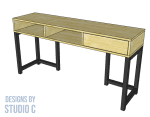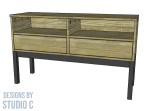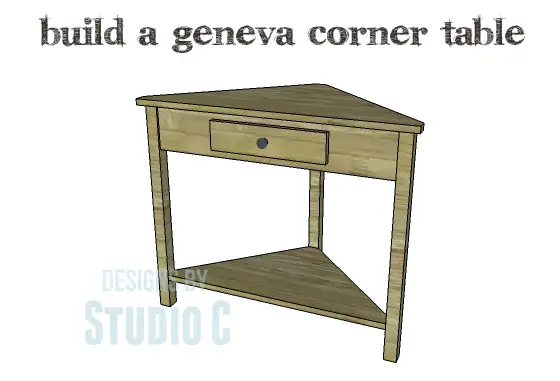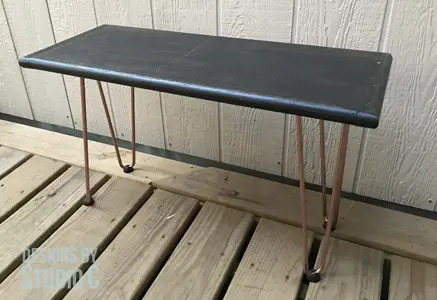Tools to Make Any Upholstery Project Easier
I create a lot of plans that require upholstery in some form or another. Upholstery is something that is really easy to do, especially if you have the right tools and by “right tools”, I don’t mean something crazy expensive, either. I’ve created a guide of tools DIY I’ve created links to the products I use (I am not affiliated in any way with any of these companies) from my favorite upholstery supply store to make shopping for these tools easier.

A Pneumatic Upholstery Stapler
I’ve always used a regular heavy-duty stapler for upholstery applications – until I discovered this pneumatic upholstery stapler (<– affiliate link!). This bad boy shoots 20 gauge staples, which is perfect for upholstery projects (unless you have to remove them) and is very easy to use. It does require the use of a compressor and a small 1 gallon compressor will be fine – they can be found very inexpensively! Also, this stapler does not have a safety like a brad nailer does. I found out the hard way…

Screwdrivers
A standard screwdriver and a Phillips screwdriver will be your best friend when removing old upholstery and parts. Any set will do!
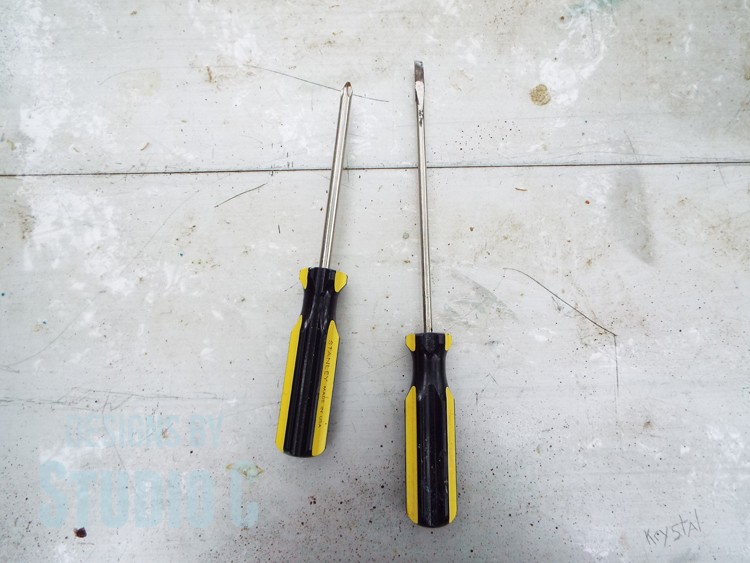
Elasbelt and Webbing Pliers
Though I am relatively new to Elasbelt, I am crazy in love with it and will share a chair project using it later. Elasbelt is heavy-duty elastic that is used as the seat or back of the chair in place of springs. The webbing pliers are used to stretch the Elasbelt before it is stapled to the seat frame. The Elasbelt comes in two different types – one type for the seat and one type for the back. This makes chairs much more comfortable on the backside without having to mess with springs!
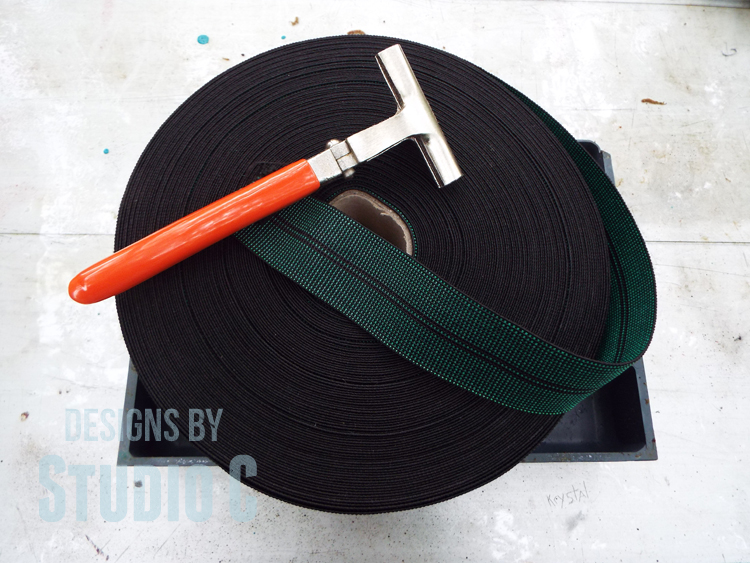
Tack Strip
A tack strip is a narrow strip of cardboard that helps keep a straight line when nailing fabric to the frame. I use it to create a firm edge with my fabric, especially if it is a type that unravels easily. I fold the fabric over the strip then secure the strip in place with staples, mainly on the underside of the frame.

Duct Tape
Though not pictured, duct tape will be your best friend especially when building the furniture frame. Covering the sharp edges of a wood furniture frame with duct tape will soften them and keep them from wearing through the fabric.
Ply-Grip and Regulator Tool
Ply-Grip is something that is also fairly new to me and I love it! It is a metal strip with teeth (very dangerous looking!) that is stapled along an edge. The fabric is tucked into the Ply-Grip with a regulator tool or a scratch awl, then the Ply-Grip is tapped with a hammer to close the teeth clamping the fabric in place. It is mainly used on the back of a chair or sofa and eliminates hand sewing.
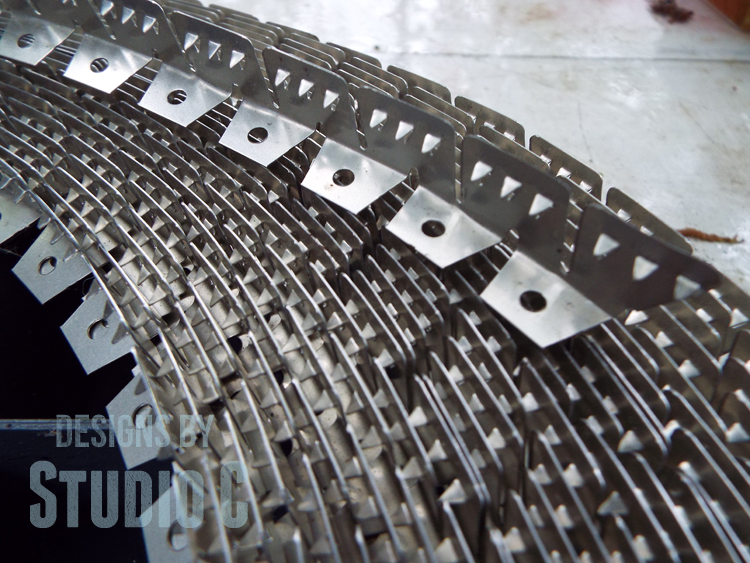
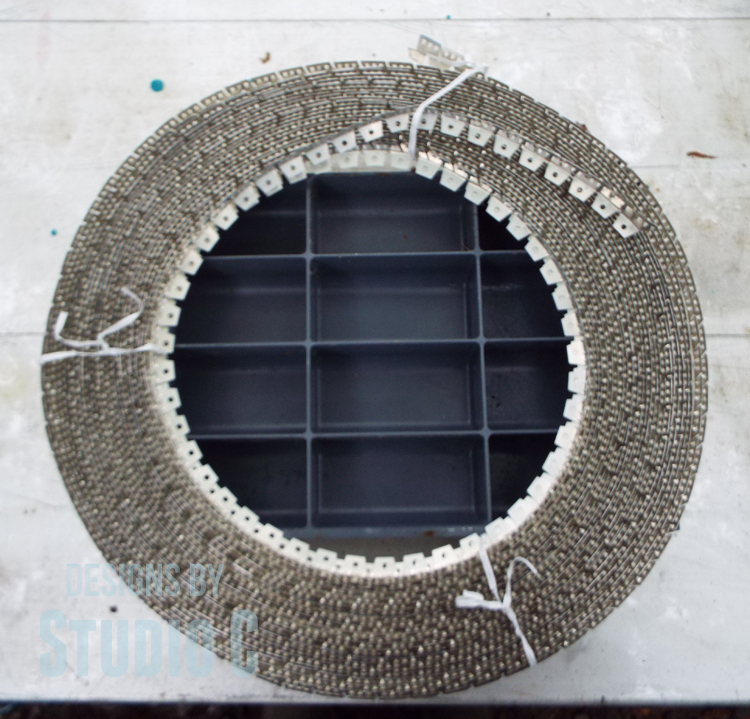
Foam and Dacron
The foam is an obvious choice but not a lot of people know what Dacron is… Dacron is a polyester batting that is used to wrap the foam before the fabric is applied. It helps create a smooth edge and professional results! I use Dacron in pillow forms as well. I purchase my foam and Dacron on eBay. As a side note, I have also successfully used foam mattress toppers to pad arms and frames of furniture before upholstering. A mattress topper is a very economical choice.
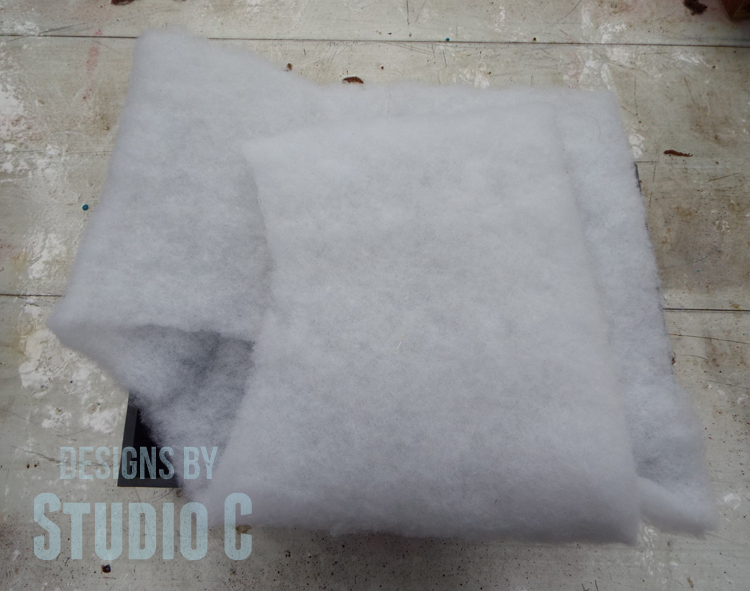
In the future, I’d like to be able to share upholstery projects and how-to instruction, so I thought I’d start with the guide of must-have tools for DIY upholstery. I will also demonstrate the use of some of the tools in this post (except for the screwdrivers – I’m sure you’ve got that covered!) I hope this helps and if there are any questions, please leave a comment below!
Originally posted 2015-04-16 08:00:33.

